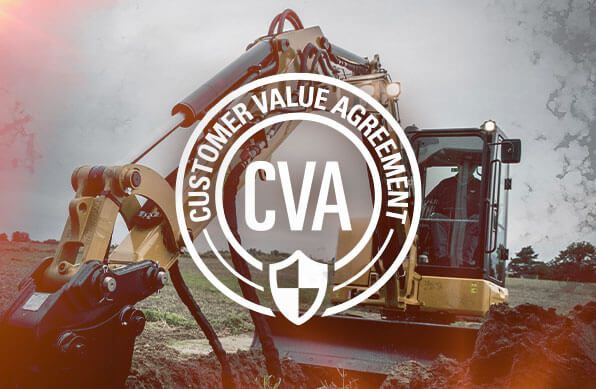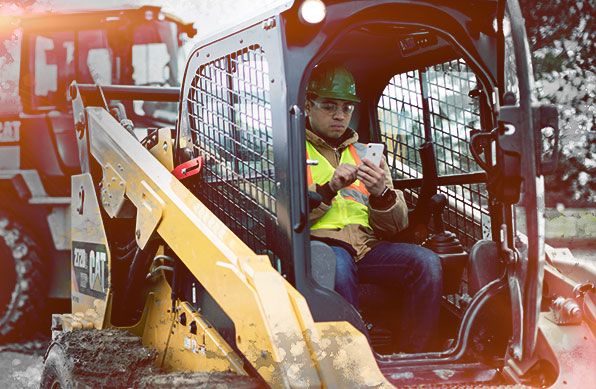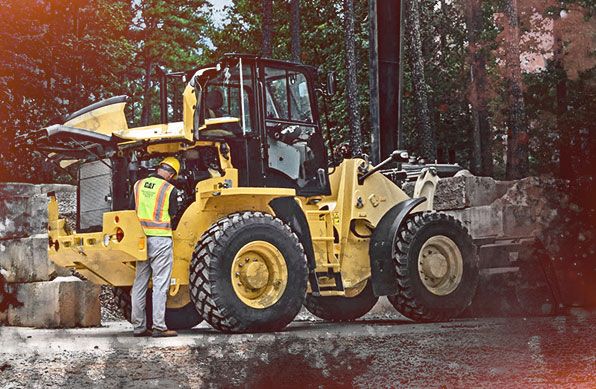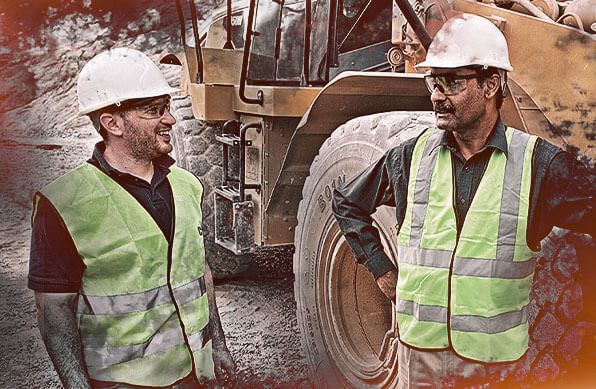

Sign In
Welcome! Sign In to personalize your Cat.com experience
If you already have an existing account with another Cat App, you can use the same account to sign in here
Register Now
One Account. All of Cat.
Your Caterpillar account is the single account you use to log in to select services and applications we offer. Shop for parts and machines online, manage your fleet, go mobile, and more.
Account Information
Site Settings
Security
GET Selection and Maintenance
Just as choosing Cat® buckets is an important step in preparing for a job, choosing the best bucket attachments is critical. The right Cat Advansys™ ground engaging tools (GET) can make a big difference for your hydraulic excavator.
Caterpillar offers a variety of ground engaging tools (GET) that can increase productivity for specific applications and protect buckets against wear on the job. These Cat® GET are groundbreaking — in every sense of the term.
But which GET are right for your specific job? How do you select the right tools, and what can you do to maximize the lifespan of your bucket and bucket attachments? Here are a few tips to help.
Why worry about GET?
It’s important to select the correct GET for your job. Choosing incorrectly can have more negative consequences than you may think. The wrong GET can mean reduced fuel efficiency, reduced engine and power train life, and increased operator fatigue. Selecting the wrong GET or allowing them to exceed 100% wear can also increase the contact surface of your bucket, introducing more stress to the system. This increased resistance requires the machine to work harder, which results in more horsepower and fuel use, increased time taken to move the material, and inefficient contact.
Selecting the right GET
Cat Advansys™ GET are designed for the toughest jobs, whether you’re digging into high-abrasion material or need bucket tips that can withstand high impact. Though your Cat dealer can help with GET selection that offers the right balance of penetration and wear for your job, here’s a quick look at the most common bucket tip options.
- General Purpose tips are standard symmetrical bucket tips.
- Heavy Duty tips include about 60% more wear material in the tip body than the General Purpose tips. For added durability, Heavy Duty tips can also be made with Abrasion Resistant Material (ARM), a welding process that provides a protective shield of tungsten carbide which can double your wear life.
- Wide tips are used to maintain smooth trench floors and are best used in low-abrasion, easy-to-penetrate material.
- Penetration tips are ideal for densely compacted materials, featuring a leading edge with 60% less cross-sectional area than the General Purpose tip. It also features a single center rib that self-sharpens as it wears. Penetration tips are also available with ARM.
- Penetration Plus tips feature 20% more wear material and a leading edge with 25% less cross-sectional area than the General Purpose tip. It self-sharpens as it wears.
- Spike tips are used to achieve maximum penetration, typically used for cohesive material.
- Double Spike tips are used in the corner position of your Cat bucket in tandem with the Spike tips for hard-to-penetrate, fracturable materials.
Getting the most out of your GET
So you’ve selected the right GET for the job. How can you maximize the life of these bucket tips? Conduct a bucket walk-around to inspect your bucket and GET for wear. Here’s what to look for.
- Start at the front of the bucket, and look at the bottom up. The bottom half of your bucket will have between 90% and 95% of the wear.
- Look at the base edge. Check for cracks in the welding around the adapters and around the edge to the bucket. Are the welds thin or excessively worn? Normal wear can lead to cracking over time, but with high-impact applications, it’s important to check for cracking more regularly.
- Look for scalloping wear in between your bucket teeth. Is the wear spreading to your adapters and adapter welds?
- Look at the wear on the ends of the base edge. Are the base edge ends worn into the outer adapter and sidebar welds?
- Are your GET wearing evenly? Could they be swapped to get more life?
- Now, look inside your bucket. Is there a liner? Look for wear closest to the edge. Is there any weld wear or plate peeling?
- Look up under the bottom of the hinge plate inside the bucket. Check for possible cracks, particularly for high-impact applications.
- Finally, examine the sides of your bucket. Is the lower half excessively worn?
- If you are using sidecutters or protectors, look for visible wear and determine if they need replacement.
Check out the GET catalog here.
You can also check out this video for tips on bucket maintenance to minimize downtime and maintenance costs.
Popular Articles About Excavators
Get the most from your excavator with operating tips, safety advice, maintenance help and much more.
-
The "Value" in a Customer Value Agreement
Check out these 4 ways a Customer Value Agreement helps your equipment and your business.
Read Article -
Mobile Goes Mainstream
Cat mobile apps make it easy to track equipment location, use, health and more.
Read Article -
Your Equipment Is a Reflection of Your Brand
Keep your equipment in good running condition to maximize uptime and reduce operating costs.
Read Article -
Eight Ways to Attract and Keep Top Talent
Hiring and retaining workers can be a challenge. Use these tips find the people you need.
Read Article




